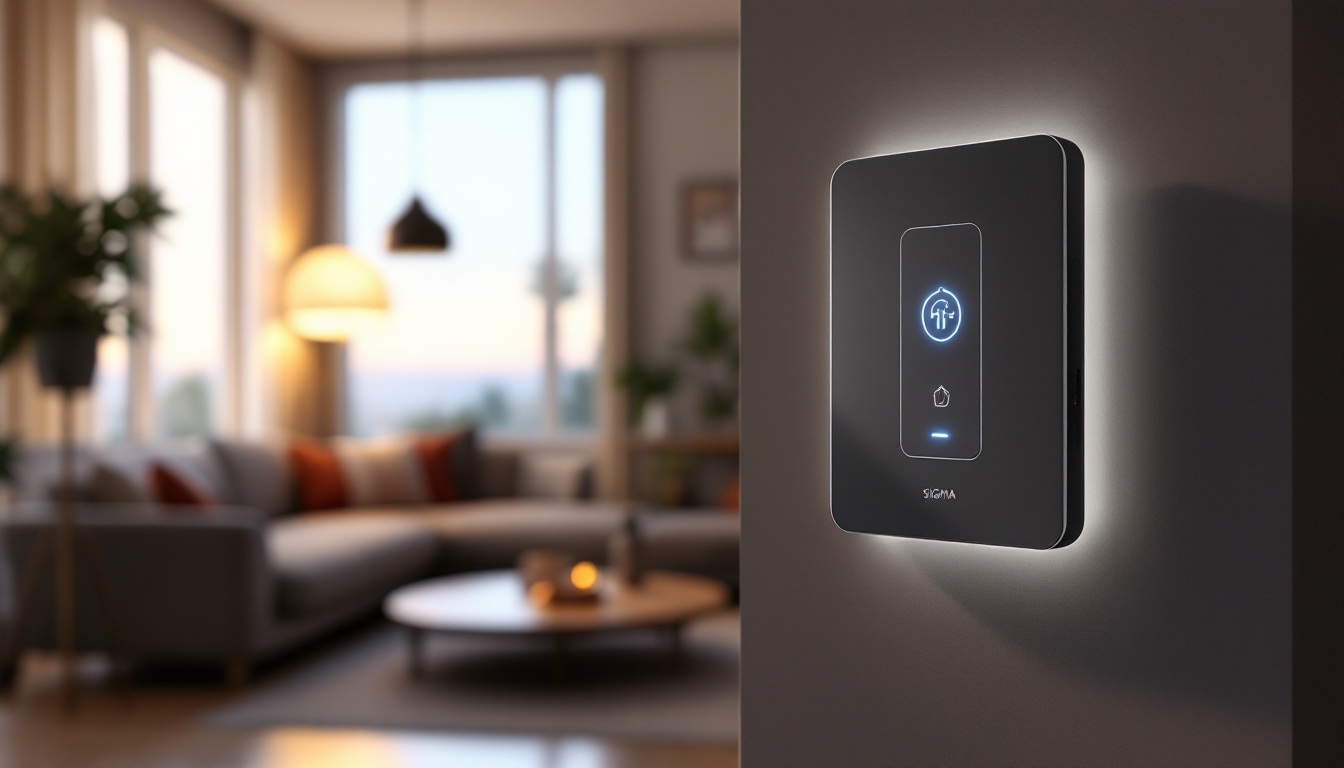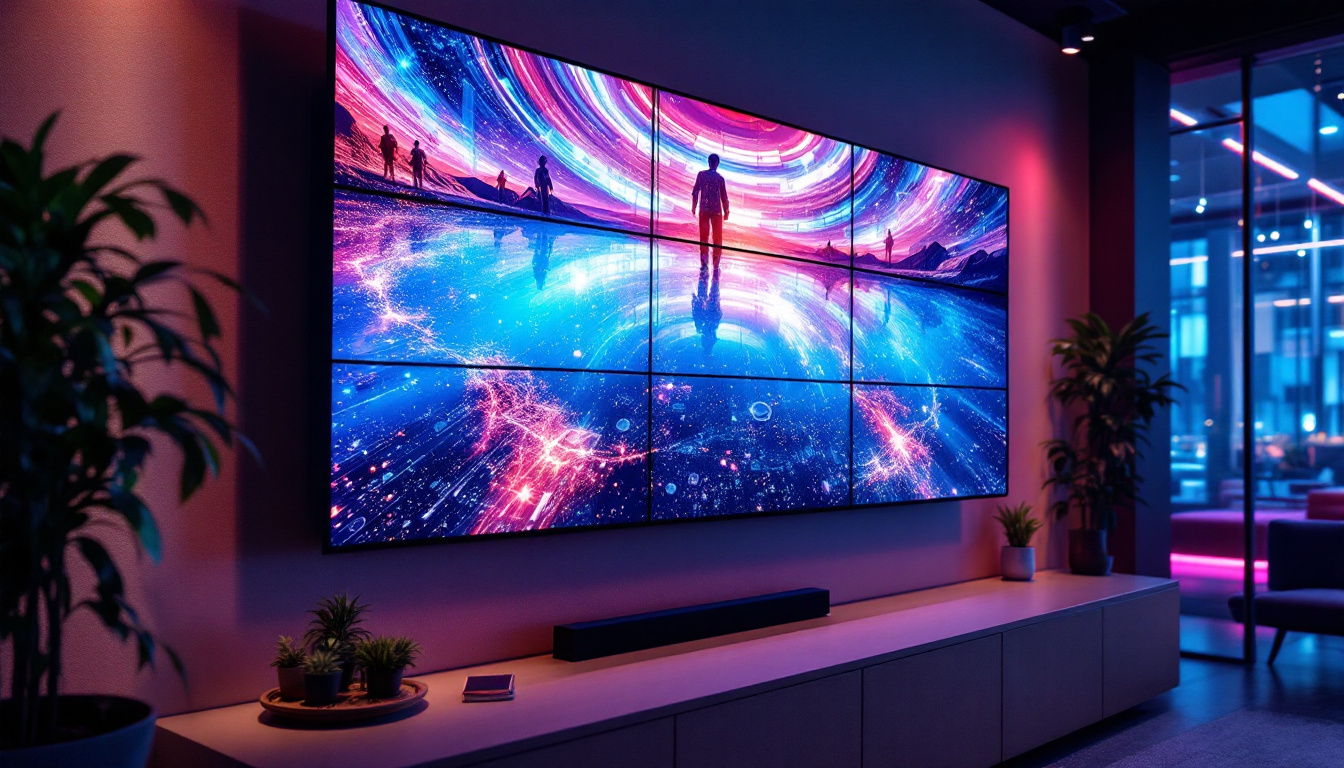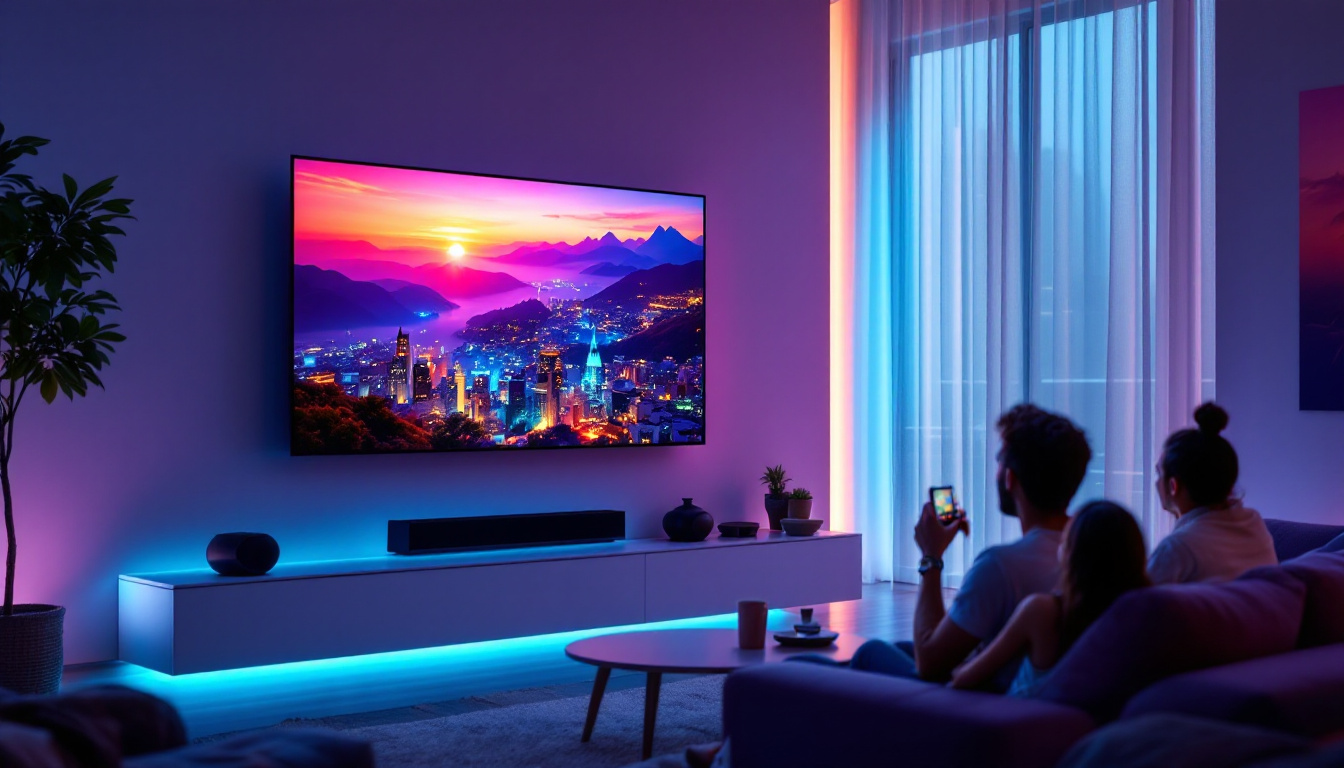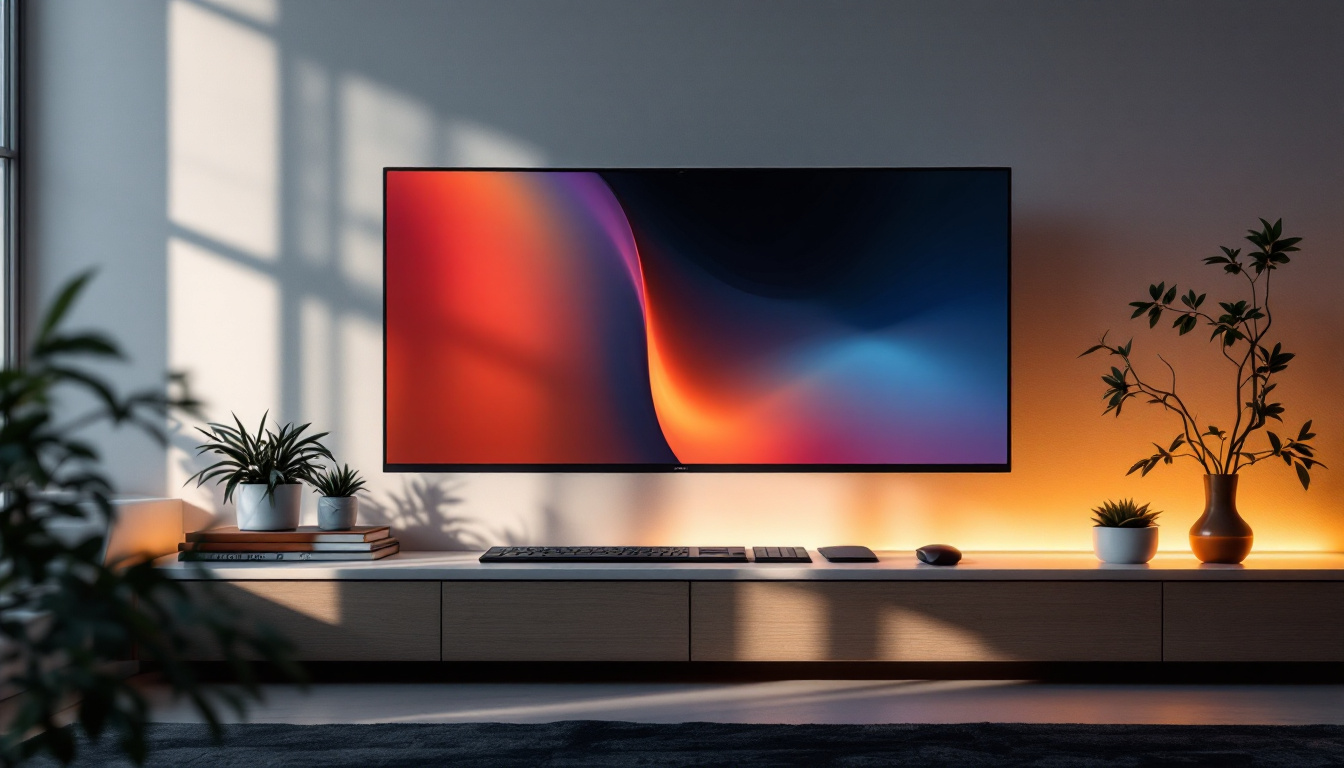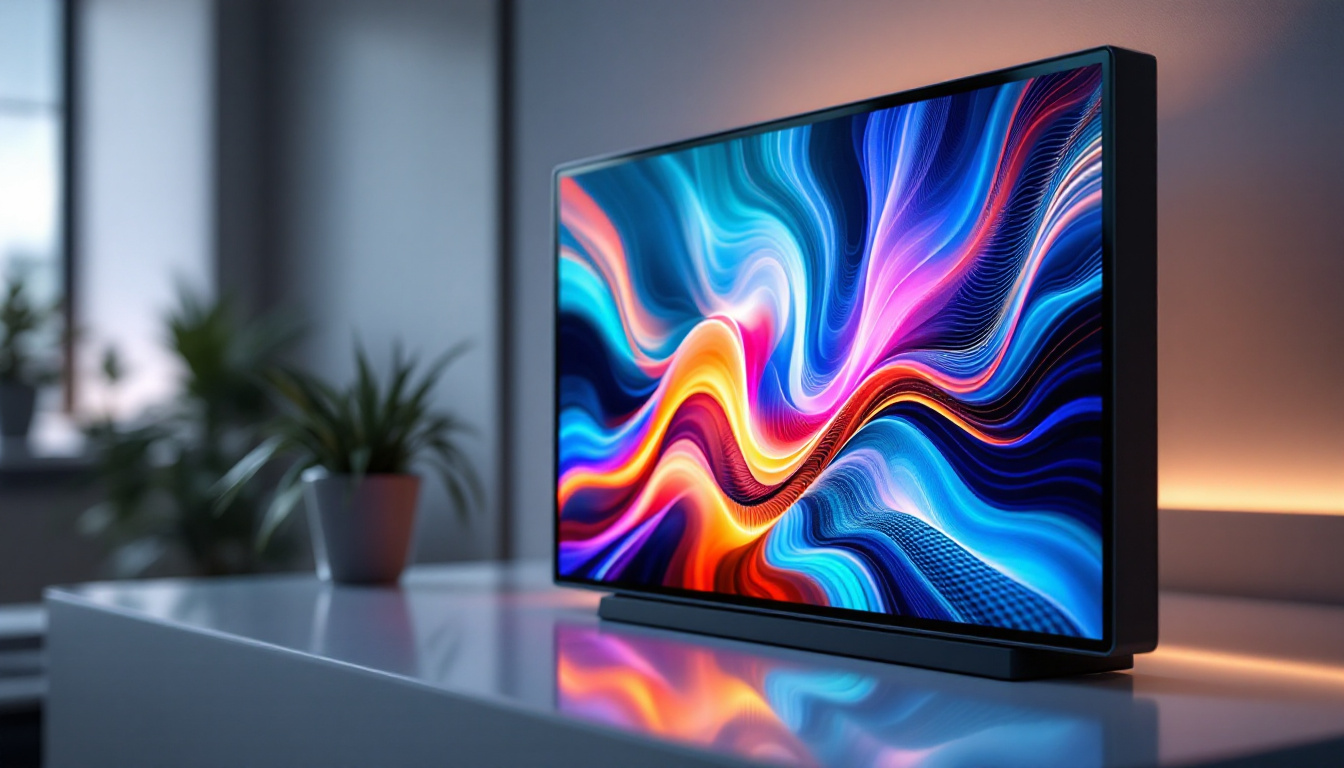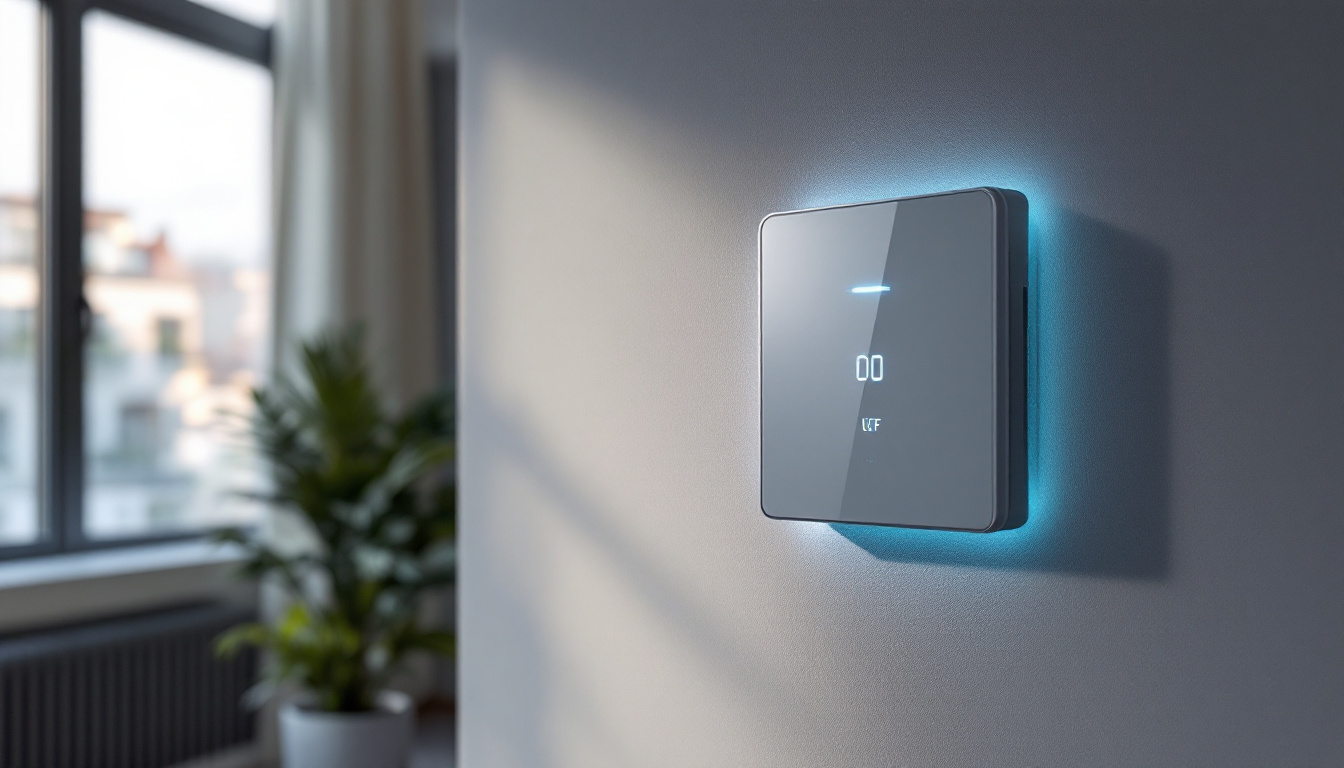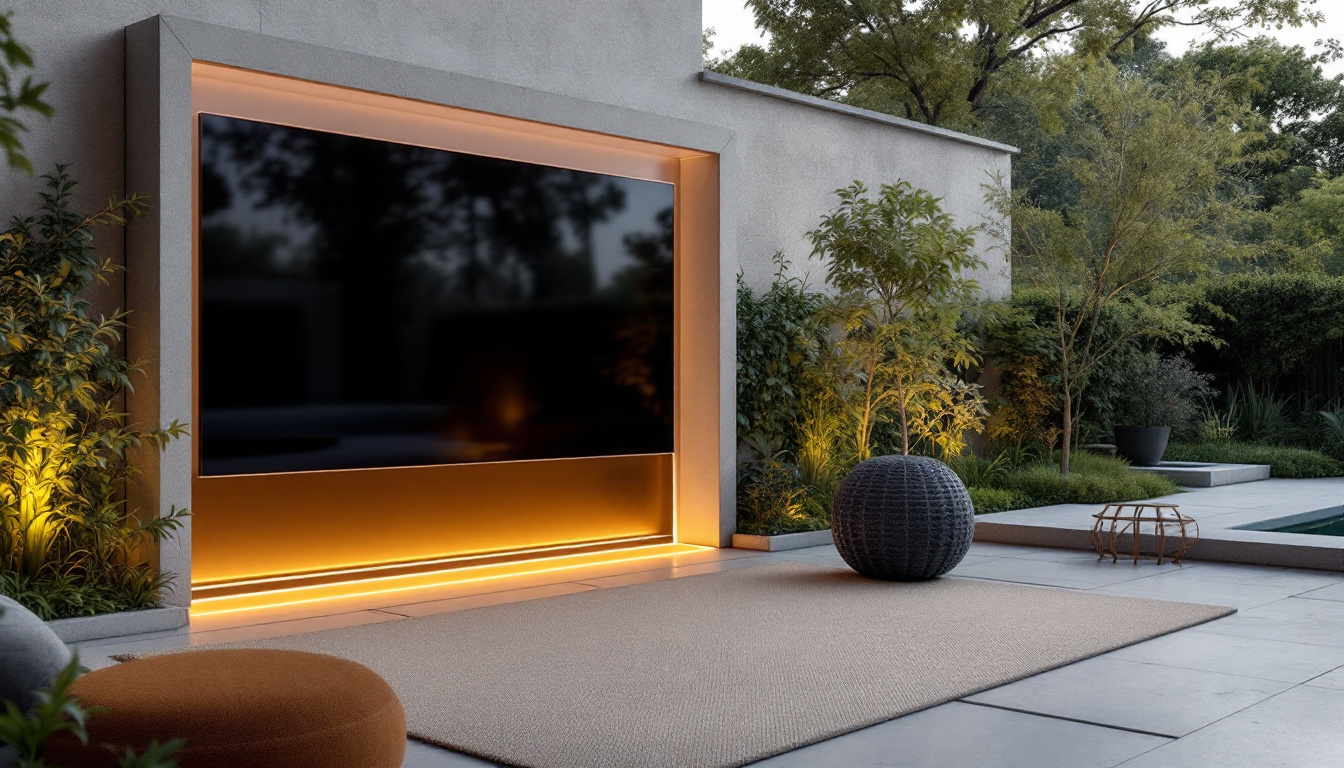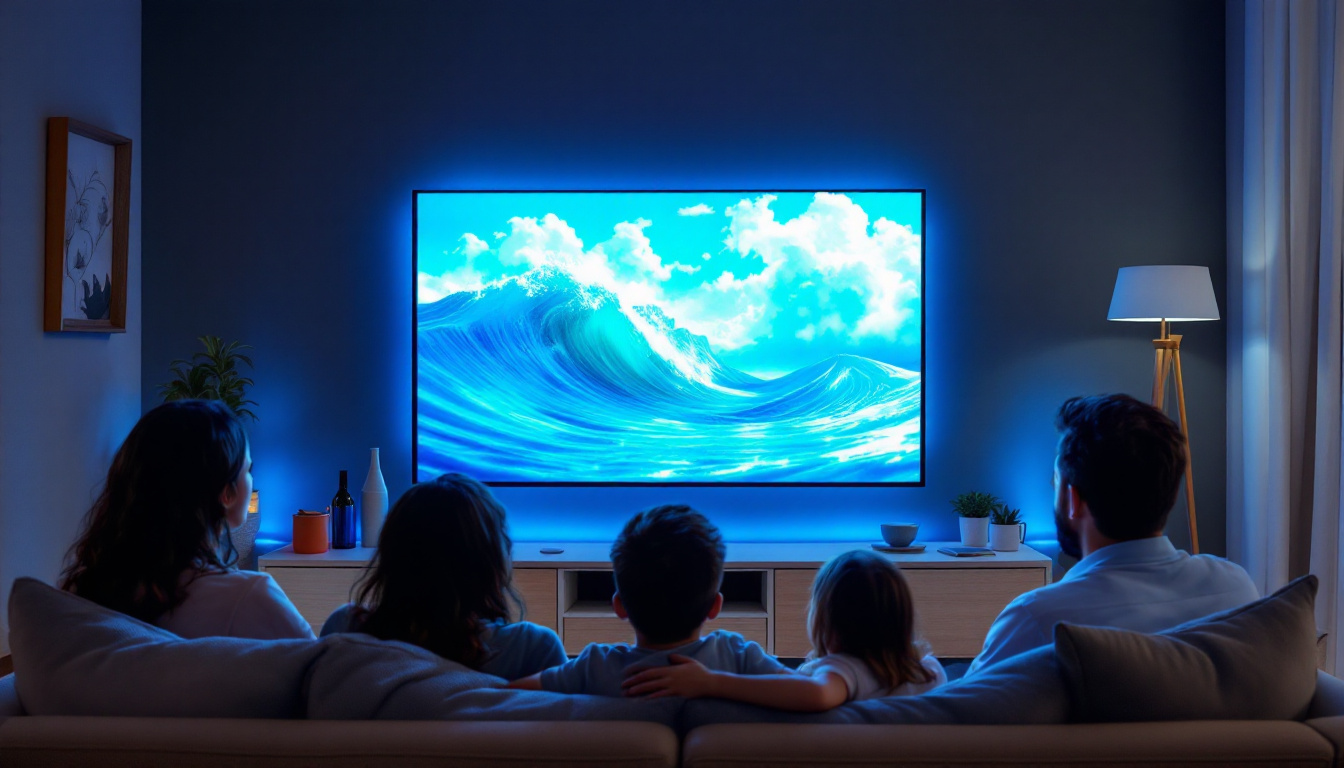In the realm of modern technology, smart switches have become a cornerstone of home automation. Among these, the stacked smart switch stands out due to its innovative design and functionality. One of the most intriguing features of these devices is their LED display, which not only enhances usability but also adds an aesthetic touch to any environment. This article delves into the intricacies of stacked smart switches, focusing on the LED display and its significance.
Understanding Stacked Smart Switches
Stacked smart switches are designed to control multiple circuits from a single unit, allowing for greater flexibility and convenience in managing home lighting and appliances. Unlike traditional switches that can only operate one circuit, stacked switches can integrate several functionalities, making them ideal for modern homes.
Design and Functionality
The design of a stacked smart switch typically features multiple buttons or touch-sensitive areas, each corresponding to a different circuit. This compact design not only saves space but also provides a clean and organized appearance on the wall. The integration of smart technology allows these switches to connect to Wi-Fi networks, enabling remote control through mobile applications or voice assistants.
Functionality extends beyond mere on/off control. Many stacked smart switches come equipped with dimming capabilities, scheduling options, and energy monitoring features. This versatility is a significant advantage for homeowners looking to optimize their energy consumption and enhance their living environments. Additionally, some models offer customizable settings, allowing users to create specific lighting scenes for different occasions, such as movie nights or dinner parties, thereby enhancing the overall ambiance of their home.
Benefits of Using Stacked Smart Switches
Utilizing stacked smart switches offers numerous benefits. First and foremost, they provide enhanced control over lighting and appliances, allowing users to tailor their home environment to their preferences. The ability to manage multiple circuits from a single point reduces clutter and simplifies the user experience. Furthermore, many stacked smart switches are designed with user-friendly interfaces, making them accessible for all family members, including children and elderly individuals.
Moreover, these switches often include energy-saving features, such as timers and dimmers, which can lead to reduced electricity bills. By monitoring energy usage, homeowners can identify patterns and make informed decisions about their consumption habits. Some advanced models even offer integration with home automation systems, allowing for seamless communication with other smart devices, such as thermostats and security systems. This interconnectedness not only enhances the convenience of managing home environments but also contributes to a more sustainable lifestyle by promoting energy efficiency across various household systems.
The Role of LED Displays in Stacked Smart Switches
The LED display is a defining feature of stacked smart switches, serving both functional and aesthetic purposes. It provides users with real-time feedback on the status of their circuits, enhancing the overall usability of the device.
Visual Feedback and User Interaction
One of the primary functions of the LED display is to offer visual feedback. When a switch is activated, the corresponding LED light illuminates, indicating that the circuit is on. This immediate response helps users quickly ascertain the status of their devices, reducing the likelihood of confusion or errors.
In addition to status indicators, some LED displays also provide information about energy consumption or connectivity status. This added layer of information empowers users to make informed decisions regarding their energy usage and device management. For instance, if a user notices an unusually high energy consumption reading, they can take proactive measures to adjust their usage patterns or troubleshoot potential issues, thereby promoting greater energy efficiency in their home.
Aesthetic Appeal
Beyond functionality, the LED display contributes to the aesthetic appeal of stacked smart switches. With customizable colors and brightness levels, users can tailor the appearance of their switches to match their home decor. This personalization enhances the overall ambiance of a room, making smart switches a stylish addition to any space.
Furthermore, the sleek design of LED displays complements the modern aesthetic of smart home technology. As homes become increasingly integrated with smart devices, the visual harmony created by well-designed switches is essential for maintaining a cohesive look. The ability to synchronize the LED colors with other smart home devices, such as smart bulbs or ambient lighting, allows users to create a unified color scheme throughout their living spaces. This not only elevates the design of the home but also enhances the user experience by providing a seamless transition between different smart technologies.
Moreover, the adaptability of LED displays extends beyond mere color customization. Many smart switches now feature dynamic lighting effects that can change based on time of day or user preferences. For example, a soft glow during the evening can create a calming atmosphere, while brighter settings during the day can enhance visibility and functionality. This versatility not only caters to individual tastes but also supports various activities, from hosting gatherings to enjoying quiet family evenings, making the LED display an integral part of the smart home ecosystem.
Technological Advancements in LED Displays
As technology continues to evolve, so do the capabilities of LED displays in stacked smart switches. Recent advancements have led to enhanced features that improve user experience and functionality.
Touch-Sensitive Controls
Many modern stacked smart switches now incorporate touch-sensitive controls alongside their LED displays. This innovation allows users to control their devices with a simple tap or swipe, providing a more intuitive interaction compared to traditional mechanical switches.
Touch-sensitive controls can also enable multi-functionality, where a single switch can perform different actions based on the duration or type of touch. This versatility adds another layer of convenience, allowing users to customize their experience further.
Integration with Smart Home Ecosystems
Another significant advancement is the seamless integration of stacked smart switches with various smart home ecosystems. Many LED displays now support protocols such as Zigbee, Z-Wave, or Wi-Fi, allowing them to connect with other smart devices in the home.
This integration enables users to create complex automation scenarios, such as setting the lights to dim when a movie starts or turning off all devices when leaving the house. The LED display can serve as a central hub for these functions, providing users with a comprehensive overview of their home’s smart systems.
Installation and Setup of Stacked Smart Switches
Installing a stacked smart switch with an LED display may seem daunting, but with the right guidance, it can be a straightforward process. Understanding the installation steps and requirements is essential for a successful setup.
Preparation and Tools Required
Before installation, it is crucial to gather the necessary tools and materials. Common tools include a screwdriver, wire stripper, and voltage tester. Additionally, having a compatible smart switch and the accompanying app downloaded on a smartphone will streamline the setup process.
Safety is paramount during installation. Always turn off the power at the circuit breaker before beginning any electrical work. This precaution helps prevent accidents and ensures a safe working environment.
Step-by-Step Installation Guide
The installation process typically involves several key steps. First, remove the existing switch by unscrewing it from the wall and disconnecting the wires. Next, connect the wires to the corresponding terminals on the stacked smart switch, ensuring that the connections are secure. Once the wiring is complete, mount the switch back into the wall and secure it with screws.
After physically installing the switch, restore power at the circuit breaker and proceed to configure the device using the manufacturer’s app. This step usually involves connecting the switch to the home Wi-Fi network and customizing settings according to user preferences.
Common Issues and Troubleshooting
Like any technology, stacked smart switches may encounter issues during operation. Understanding common problems and their solutions can help users maintain optimal functionality.
Connectivity Problems
One of the most frequent issues users may face is connectivity problems. If the LED display indicates that the switch is offline, it may be due to a weak Wi-Fi signal or network interference. To resolve this, users should ensure that the switch is within range of the router and that there are no obstructions blocking the signal.
Additionally, restarting the switch and router can often rectify connectivity issues. If problems persist, checking for firmware updates through the app may provide fixes or enhancements that improve performance.
LED Display Malfunctions
Occasionally, the LED display may malfunction, failing to illuminate or showing incorrect information. In such cases, users should first verify that the switch is receiving power. If the device is powered but the display remains unresponsive, a factory reset may be necessary.
Consulting the user manual for specific reset instructions can help restore the LED display to its original settings. If issues continue, reaching out to customer support may be the best course of action.
Conclusion: The Future of Stacked Smart Switches
Stacked smart switches with LED displays represent a significant leap forward in home automation technology. Their ability to control multiple circuits from a single unit, combined with the visual feedback provided by LED displays, enhances both functionality and user experience.
As technology continues to advance, the future of stacked smart switches looks promising. Innovations in design, integration, and user interaction are likely to emerge, further solidifying their place in modern homes. Embracing these devices not only improves convenience but also contributes to a more energy-efficient and aesthetically pleasing living environment.
In summary, stacked smart switches with LED displays are more than just functional devices; they are essential components of a smart home ecosystem that enhances everyday living. As consumers become increasingly aware of the benefits of smart technology, the adoption of these devices is expected to grow, paving the way for a smarter, more connected future.
Discover the Future of LED Display Technology with LumenMatrix
Ready to elevate your home automation experience with the latest in LED display technology? LumenMatrix is at the forefront of innovation, offering a wide range of LED display solutions that bring your smart home to life. From captivating Indoor LED Walls to dynamic Outdoor Displays and beyond, our products are designed to integrate seamlessly with your smart home ecosystem. Don’t miss out on the opportunity to transform your living space with unparalleled clarity and engagement. Check out LumenMatrix LED Display Solutions today and step into the future of visual communication.

